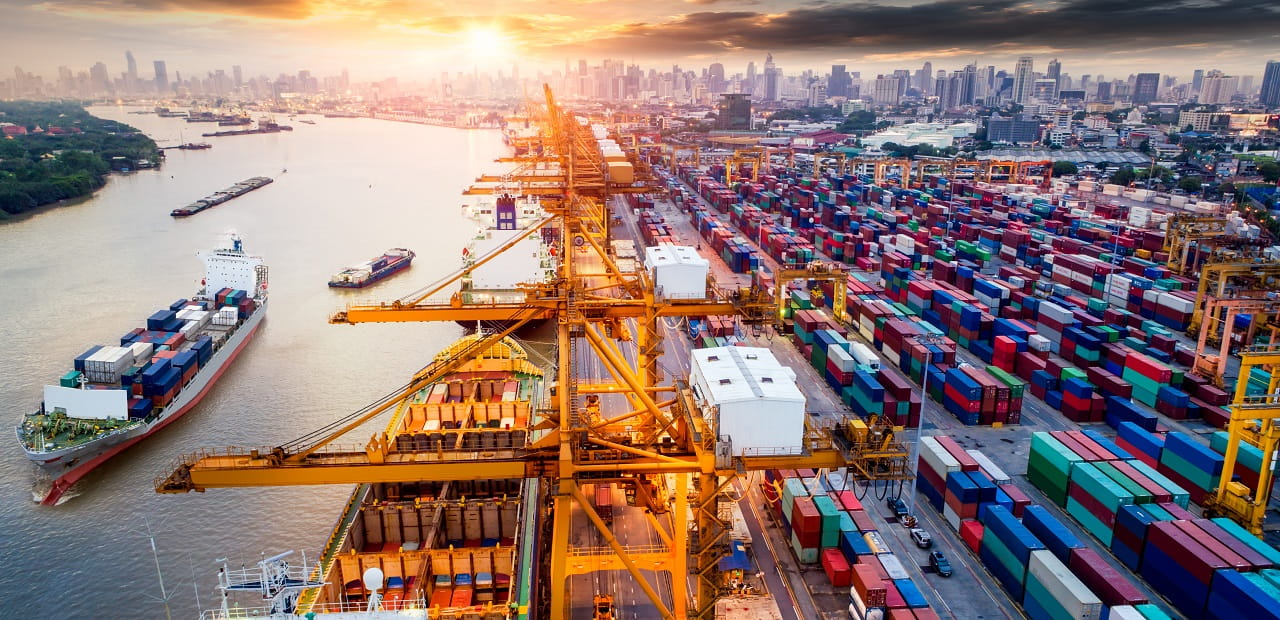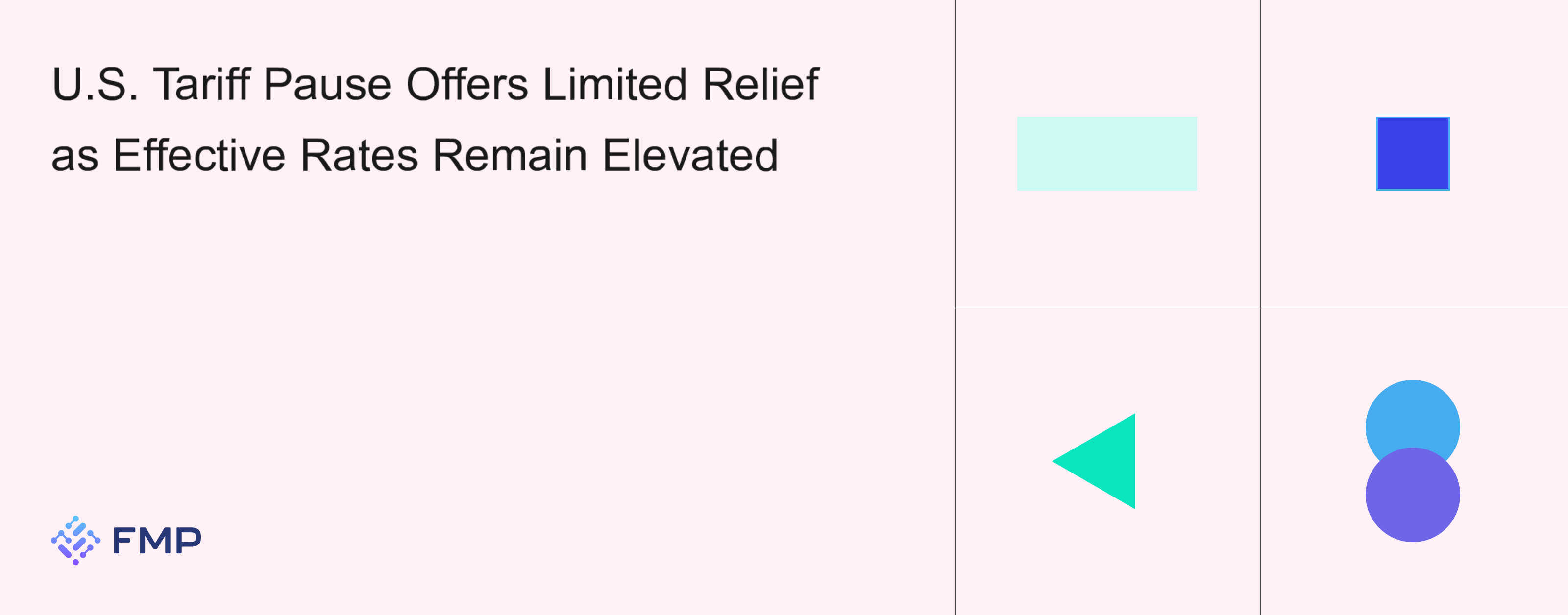Let’s talk about tariff pause because it’s a topic that’s gaining traction, especially in today’s economic climate. Whether you’re a small business owner, a consumer, or just someone curious about how global trade works, understanding tariff pause can give you a clearer picture of what’s happening in the markets. It’s not just about numbers on a spreadsheet; it’s about real-world impacts that affect everyone.
Now, if you’ve been paying attention to the news, you’ve probably heard politicians, economists, and business leaders throwing around the term “tariff pause.” But what exactly does it mean? In simple terms, a tariff pause is when countries decide to take a breather from imposing additional taxes on imported goods. Think of it as a timeout in a heated game of trade negotiations. It gives everyone a chance to cool off and reassess their strategies.
And let’s be real here, tariffs can get messy. They’re like a seesaw where one side benefits while the other might struggle. A tariff pause can help stabilize things, making it easier for businesses to plan and consumers to breathe a little easier. But is it always the right move? That’s what we’re diving into today, so buckle up and let’s explore this topic together.
Read also:Tbs The Ultimate Guide To Understanding And Maximizing Its Benefits
Understanding Tariff Pause
What Exactly is a Tariff Pause?
Alright, let’s break it down. A tariff pause is essentially a temporary halt or suspension of new tariffs between countries. Imagine two countries in the middle of a trade dispute. Instead of escalating things by slapping more taxes on each other’s goods, they agree to hit the pause button. This allows them to reassess their trade relationships and potentially find common ground.
Here’s the thing though, a tariff pause doesn’t necessarily mean existing tariffs are lifted. It just means no new ones are being added during this period. It’s like agreeing to stop adding fuel to the fire while you figure out how to extinguish it.
Some key points to remember:
- A tariff pause is temporary and can last anywhere from a few months to a couple of years.
- It’s often used as a negotiation tactic to ease tensions.
- It can benefit both importing and exporting countries by stabilizing trade flows.
Why Do Countries Implement Tariff Pauses?
Now you might be wondering, why would countries even consider a tariff pause? Well, there are several reasons. First off, it gives them time to evaluate the impact of existing tariffs. Sometimes, the initial effects aren’t immediately clear, and a pause allows for better analysis.
Secondly, it can help rebuild trust between trading partners. Let’s face it, imposing tariffs can strain relationships. A tariff pause shows a willingness to cooperate and find mutually beneficial solutions. It’s like saying, “Hey, let’s take a step back and figure this out together.”
Lastly, it can provide relief to businesses and consumers who are feeling the pinch of higher prices. By suspending new tariffs, countries can ease the economic burden and promote stability.
Read also:Uzo Aduba As Cordelia Cupp And The Stellar Cast Of The Residence Episode 101
Impact of Tariff Pause on Global Trade
How Does It Affect Businesses?
For businesses, a tariff pause can be a game-changer. It provides them with more certainty when planning for the future. Without the fear of sudden price hikes due to new tariffs, companies can focus on expanding their operations and investing in growth. It’s like having a clear road ahead instead of constantly worrying about unexpected roadblocks.
But here’s the kicker, not all businesses benefit equally. Larger corporations might have the resources to weather tariff storms, but smaller businesses often struggle. A tariff pause can level the playing field, giving these smaller players a chance to catch their breath and compete more effectively.
Consumer Benefits of Tariff Pause
When it comes to consumers, a tariff pause can mean lower prices on imported goods. Without the added cost of tariffs, products become more affordable, which is always a win for shoppers. Plus, it can lead to more choices in the market as businesses feel more confident about importing a wider range of products.
However, it’s important to note that the benefits aren’t always immediate. It can take time for the effects of a tariff pause to trickle down to consumers. But when they do, it can make a noticeable difference in people’s wallets.
Historical Examples of Tariff Pauses
The US-China Trade War
One of the most notable examples of a tariff pause is the one between the US and China. Back in 2019, tensions were high as both countries imposed tariffs on each other’s goods. But in 2020, they agreed to a tariff pause as part of the Phase One trade deal. This allowed both nations to focus on resolving other trade issues without the constant threat of new tariffs.
It’s worth mentioning that this pause didn’t solve all the problems, but it did create a more stable environment for trade. It showed that even in the midst of a heated dispute, countries can find ways to cooperate and work towards common goals.
Challenges and Criticisms of Tariff Pauses
Of course, nothing is perfect, and tariff pauses come with their own set of challenges. Critics argue that they can delay necessary reforms and allow countries to avoid addressing underlying issues. There’s also the risk that they might be used as a political tool rather than a genuine effort to improve trade relations.
Moreover, some industries might not see the same benefits from a tariff pause. For example, domestic producers who rely on tariffs to protect their market share might feel disadvantaged. It’s a delicate balance that requires careful consideration from policymakers.
Future of Tariff Pauses
Will They Become More Common?
Looking ahead, it’s possible that we’ll see more tariff pauses in the future. As global trade becomes increasingly complex, countries may find it necessary to take these breaks to reassess their strategies. Plus, with the rise of economic nationalism, tariff pauses could become a crucial tool for maintaining stability in international trade.
But here’s the million-dollar question, will they actually lead to long-term solutions? That remains to be seen. What we do know is that tariff pauses can provide much-needed breathing room in times of economic uncertainty. They give countries a chance to step back and think critically about their trade policies.
How Tariff Pause Affects Developing Countries
Now, let’s talk about developing countries. For them, tariff pauses can be both a blessing and a curse. On one hand, they might benefit from increased access to global markets without the added cost of tariffs. On the other hand, they might struggle to compete with larger, more established economies.
It’s a complex issue that requires tailored solutions. Some argue that developed countries should offer more support to developing nations during tariff pauses to ensure they don’t get left behind. Others believe that these countries should use the pause as an opportunity to strengthen their own industries.
Expert Opinions on Tariff Pause
So, what do the experts say about tariff pauses? According to a study by the World Trade Organization, they can have both positive and negative effects depending on how they’re implemented. The key is to ensure that they’re used as part of a broader strategy to improve trade relations rather than as a quick fix.
Dr. Jane Smith, an economist at the University of Economics, notes that “tariff pauses can be incredibly effective when used correctly. They give countries the space they need to address deeper issues and find sustainable solutions.”
Conclusion: Is Tariff Pause the Right Move?
As we wrap up our discussion on tariff pause, it’s clear that it’s a complex topic with no easy answers. While it can provide stability and relief to businesses and consumers, it also comes with its own set of challenges. The key is to ensure that it’s used as part of a comprehensive approach to improving global trade.
So, what can you do? If you’re a business owner, stay informed about trade policies and how they might affect your operations. If you’re a consumer, be aware of how tariffs impact the products you buy. And if you’re just someone interested in global trade, keep an eye on how countries navigate these complex waters.
And hey, if you found this article helpful, don’t forget to share it with your friends and colleagues. The more we understand about tariff pause and its implications, the better equipped we’ll be to navigate the ever-changing world of global trade.
Table of Contents
- Tariff Pause: What It Is and Why It Matters
- Understanding Tariff Pause
- What Exactly is a Tariff Pause?
- Why Do Countries Implement Tariff Pauses?
- Impact of Tariff Pause on Global Trade
- How Does It Affect Businesses?
- Consumer Benefits of Tariff Pause
- Historical Examples of Tariff Pauses
- The US-China Trade War
- Challenges and Criticisms of Tariff Pauses
- Future of Tariff Pauses
- Will They Become More Common?
- How Tariff Pause Affects Developing Countries
- Expert Opinions on Tariff Pause
- Conclusion: Is Tariff Pause the Right Move?


